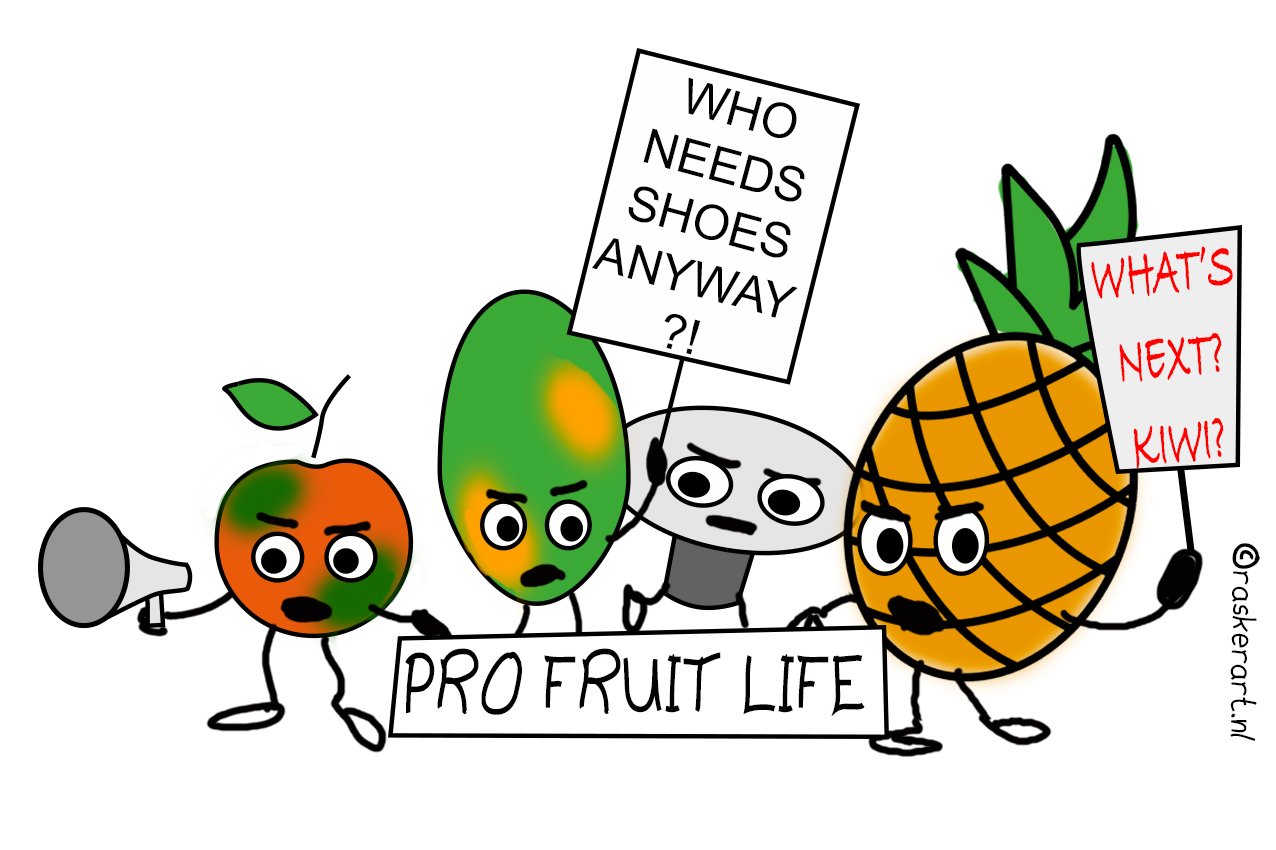
For some people, leather from animal hides is ethically objectionable and bad for the environment. Just as researchers at the University of Vienna in Austria are doing, others are also seeking alternatives. And as it turns out, they do exist.
Mushrooms
Like the Italian company Life Materials, which makes sustainable eco-friendly textiles. Since 2008, the company has been working on making leather from the Phelinus ellipsoideus Chinese mushroom. It does this together with an American company that processes the fungus into a leather-like material called muskin. Its buyers are mainly exclusive fashion designers who make hats, watch straps, and bags out of it. Belgian designer Kristel Peters made a fully biodegradable organic shoe with this mushroom leather.
The German start-up ZVNDER also uses mushroom varieties to make caps, wallets and watch straps, among other things. The start-up was nominated for the German Design Award in 2018.
And aside from mushroom leather, there are also fruit-based alternatives to animal leather.
Grapes
Italian company VEGEA works with Italian wineries on utilizing grape pomace that is left behind during wine production. Grape pomace is made up of grape skins, stems and seeds that are no longer used in the wine-making process.
Pineapple leaves
At the end of 2014, Piñatex® launched pineapple leather. Carmen Hijosma came up with the concept to turn pineapple leaf fibers, a by-product of the pineapple harvest, into leather. She worked for many years in the leather industry, as well as at the Royal College of Art in the design program. The pineapple leathermaking process starts in the Philippines and then moves to Spain or Italy for the specialized finishing process. Piñatex is suitable for clothing, accessories, and upholstery. More than a thousand brands worldwide use it, including Hugo Boss and H&M. As well as the Hilton Hotel Bankside, according to its website.
Dutch Bag designer Monique Zoeteman from Hip Handbags uses this pineapple leather for her bags at the request of her clients. She makes bags from exclusive materials such as cork, fish leather, and pineapple leather. Her stock of pineapple leather comprises eleven colors. “It’s a very soft product, it looks a bit like felt. The structure of the leather is quite fibrous, says Zoeteman. It has a coating on one side that makes it feel smoother. “That coating makes it water-repellent and more durable. That’s good for a bag because it has to withstand some wear and tear. Zoeteman occasionally receives requests for vegan bags. “That’s growing steadily, but it’s not that much so far. As it happens, I just made a GP’s’s bag out of pineapple leather.”
Apples and bananas
In Denmark, The Apple Girl makes leather from residual pulp that is left behind during the production of apple juice.
While far away on the tiny island of Kosrae in Micronesia in the Pacific Ocean, Green Banana Paper makes wallets from banana tree fibers.
Green waste
Closer to home in the Netherlands, BlueCity, the circular hub in Rotterdam, is experimenting with turning green waste into vegetable leather. In July, Treekind started a pilot to make leather from waste materials. Designer Mira Nameth developed the textile at the Royal College of Art. These textiles are made from leaves and twigs collected from parks and gardens.
Rotten mangos
Leather from green waste is still at an early stage. But during their studies, Hugo de Boon and Koen Meerkerk came up with a way to make leather from fruit waste. They opted for rotten mangos. A tough pulp is created by pitting, boiling, and mashing mangos. This pulp is put on plates to dry and that’s how the leather is made. That was in 2015 and now Fruitleather is a company that supplies the fashion and interior design industry, among others.








